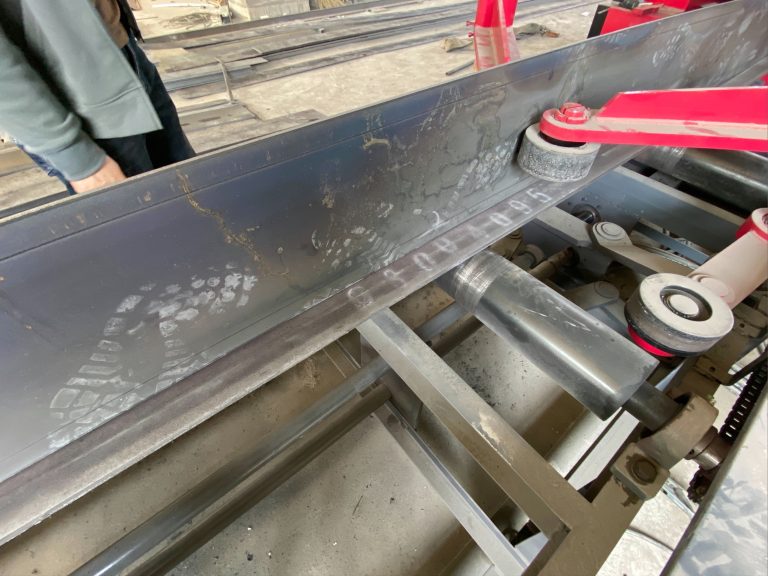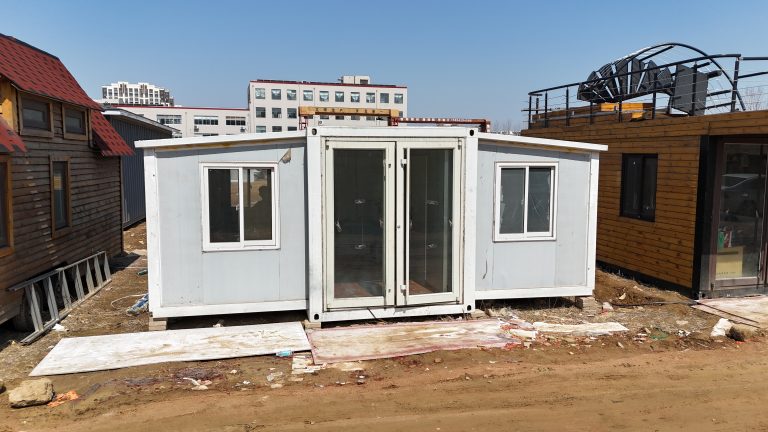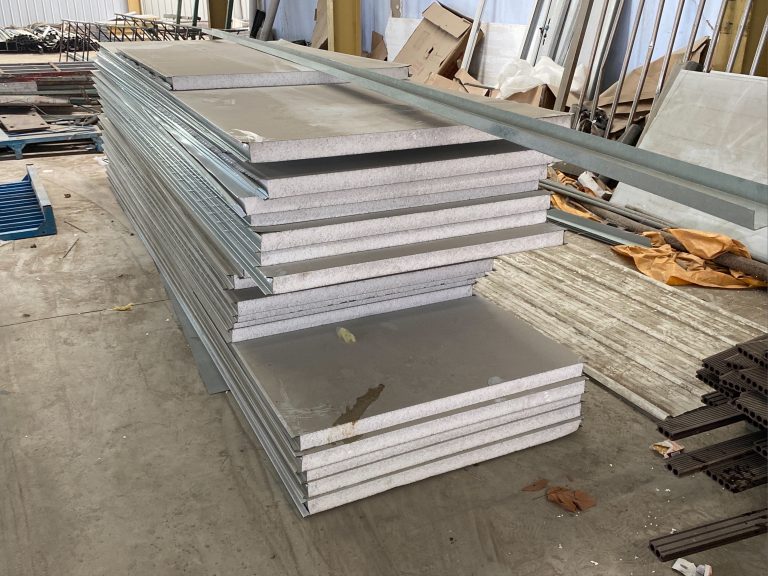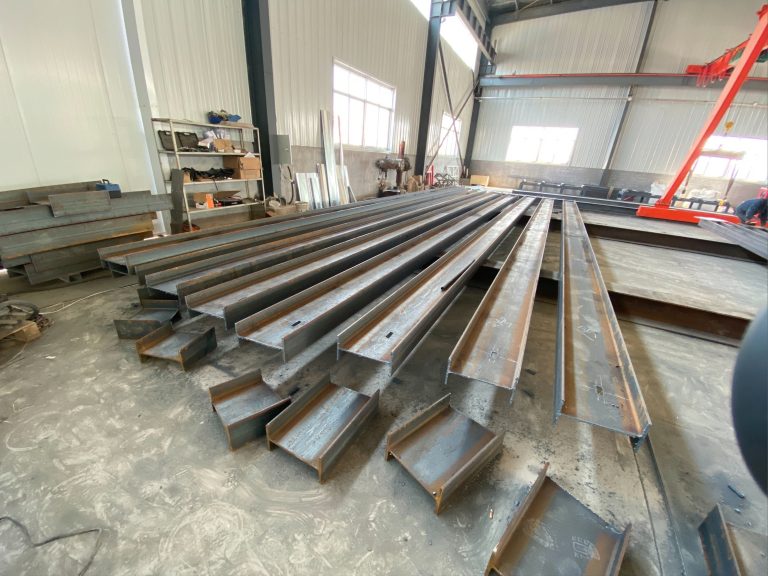The role of steel construction in the process of urbanization
Table of Contents
Sustainable Steel Construction in Urban Development
Steel construction plays a crucial role in the process of urbanization, as it provides the necessary infrastructure for the development of modern cities. As urban populations continue to grow, the demand for sustainable and efficient construction materials has become increasingly important. Steel, with its strength, durability, and versatility, has become a popular choice for urban development projects around the world.
One of the key advantages of steel construction in urban development is its sustainability. Steel is a highly sustainable material, as it is 100% recyclable and can be reused indefinitely without losing its quality. This makes it an environmentally friendly choice for urban development projects, as it helps to reduce the demand for new raw materials and minimizes the amount of waste sent to landfills. Additionally, steel construction can also contribute to the overall energy efficiency of urban buildings, as it allows for the integration of insulation and other energy-saving technologies.
In addition to its sustainability, steel construction also offers a number of practical benefits for urban development projects. Steel is known for its strength and durability, making it an ideal choice for high-rise buildings, bridges, and other urban infrastructure. Its high strength-to-weight ratio also allows for the construction of lighter and more efficient structures, which can help to reduce the overall cost and environmental impact of urban development projects. Furthermore, steel construction is also highly adaptable, allowing for the creation of innovative and aesthetically pleasing urban spaces.
The use of steel in urban development is not limited to new construction projects. In many cases, existing urban infrastructure can be retrofitted with steel components to improve its performance and extend its lifespan. For example, steel reinforcement can be added to aging bridges and buildings to enhance their structural integrity and safety. This approach not only helps to preserve valuable urban assets but also reduces the need for costly and disruptive demolition and reconstruction projects.
As urban populations continue to grow, the demand for sustainable and efficient construction materials has become increasingly important. Steel, with its strength, durability, and versatility, has become a popular choice for urban development projects around the world.
In conclusion, steel construction plays a vital role in the process of urbanization, offering a sustainable and practical solution for the development of modern cities. Its strength, durability, and adaptability make it an ideal choice for a wide range of urban infrastructure projects, from high-rise buildings to bridges and transportation systems. As urban populations continue to grow, the demand for sustainable and efficient construction materials has become increasingly important. Steel, with its strength, durability, and versatility, has become a popular choice for urban development projects around the world. Its sustainability, practical benefits, and potential for retrofitting existing infrastructure make it an essential component of sustainable urban development. As cities continue to evolve and expand, steel construction will undoubtedly play a central role in shaping the urban landscapes of the future.
Advantages of Steel in Urbanization Projects
Steel construction plays a crucial role in the process of urbanization, as it offers numerous advantages that make it an ideal choice for urban development projects. From high-rise buildings to bridges and infrastructure, steel has become a staple material in modern urban landscapes. In this article, we will explore the advantages of steel in urbanization projects and how it contributes to the growth and development of cities.
One of the primary advantages of steel construction in urbanization projects is its strength and durability. Steel is known for its high tensile strength, which allows for the construction of tall and large structures that can withstand the forces of nature and the demands of urban living. This strength also makes steel buildings resilient to earthquakes, hurricanes, and other natural disasters, making them a safe and reliable choice for urban development.
In addition to its strength, steel is also a versatile material that can be easily customized to meet the specific needs of urban projects. Whether it’s the construction of skyscrapers, bridges, or public transportation systems, steel can be fabricated into various shapes and sizes, allowing for innovative and creative designs that enhance the urban landscape. This versatility also makes steel construction more efficient, as it can be prefabricated off-site and assembled quickly, reducing construction time and costs.
Furthermore, steel construction is also sustainable and environmentally friendly, making it an ideal choice for urbanization projects. Steel is 100% recyclable and can be reused indefinitely without losing its quality, reducing the need for new raw materials and minimizing waste. Additionally, steel buildings can be designed to be energy-efficient, with features such as solar panels, green roofs, and efficient insulation, contributing to the overall sustainability of urban environments.
Another advantage of steel in urbanization projects is its cost-effectiveness. While the initial cost of steel construction may be higher than traditional materials, such as concrete or wood, the long-term benefits outweigh the upfront investment. Steel buildings require less maintenance and repairs, have a longer lifespan, and can be easily renovated or expanded, making them a cost-effective choice for urban development.

Moreover, steel construction also offers flexibility and adaptability, which are essential in the ever-changing urban landscape. As cities continue to grow and evolve, the need for adaptable structures that can accommodate new technologies and changing demographics becomes increasingly important. Steel buildings can be easily modified and repurposed, allowing for the seamless integration of new amenities, infrastructure, and urban developments.
In conclusion, the advantages of steel construction in urbanization projects are undeniable. Its strength, durability, versatility, sustainability, cost-effectiveness, and adaptability make it an ideal choice for the development of modern cities. As urbanization continues to shape the future of our world, steel will undoubtedly play a crucial role in creating sustainable, resilient, and innovative urban environments. Whether it’s the construction of iconic skyscrapers, efficient transportation systems, or resilient infrastructure, steel will continue to be at the forefront of urban development, shaping the cities of tomorrow.





